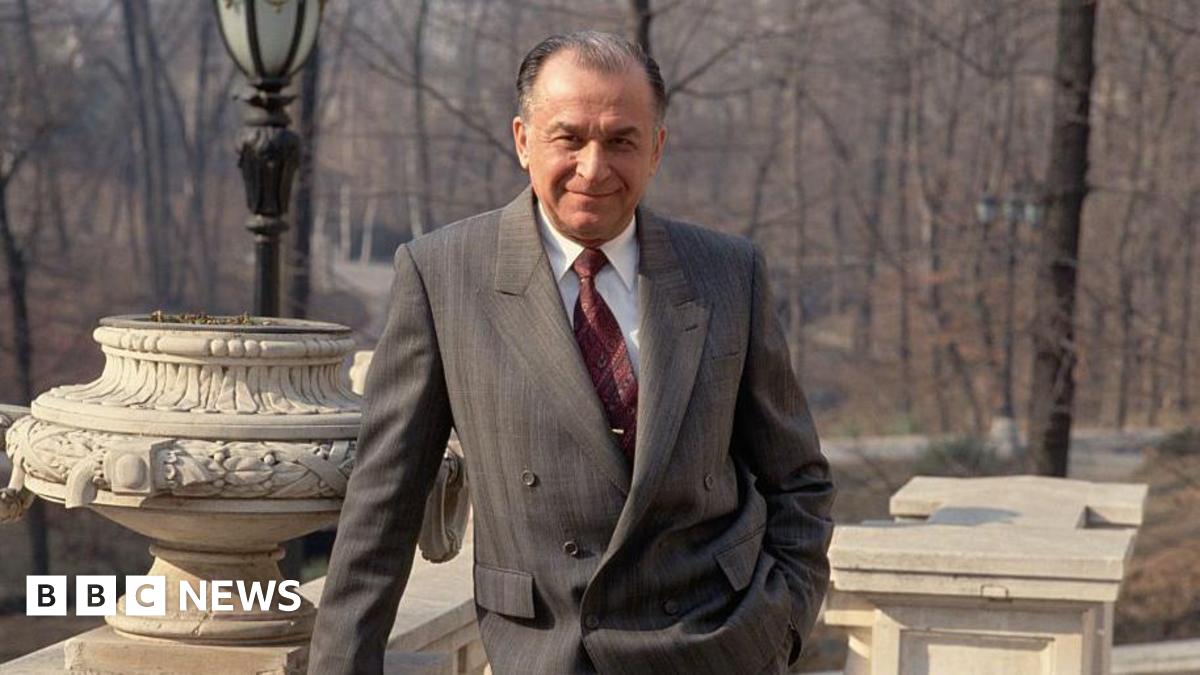Born on 3 March 1930 in the Danube town of Oltenita, Iliescu studied engineering in Moscow, Russia, during the Stalin era, where he became active in Romanian student political circles.
His time in the Soviet Union would later fuel speculation – never proven – that he had ties with high-ranking communist figures, including Mikhail Gorbachev.
After returning to Romania, Iliescu rose rapidly within the Communist Party, holding positions in propaganda and youth policy.
But his reformist leanings eventually made him a target for Ceausescu, who marginalised him from the party’s upper ranks. By the 1980s, Iliescu was out of politics and working as a director at a government-affiliated academic publishing house.
His re-emergence during the 1989 revolution, which lasted from 16-25 December and saw more than 1,000 people killed, was seen by some as opportunistic, but to others, it was a stabilising presence amid chaos.
As leader of the National Salvation Front (FSN), a political organisation that formed during the revolution, Iliescu became Romania’s interim president and oversaw the rapid dismantling of Ceausescu’s regime.
On Christmas Day, Nicolae Ceausescu and his wife were executed by firing squad after a trial at a military base that lasted two hours.
